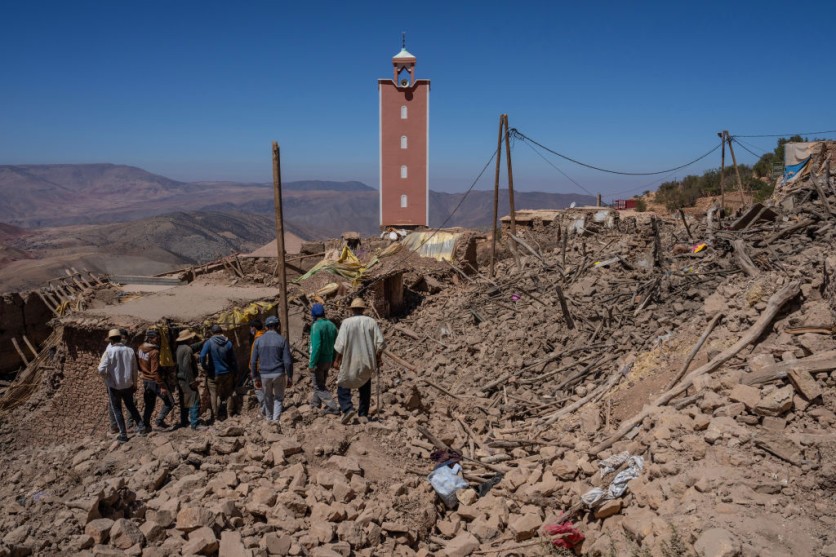The devastating earthquake in Morocco has garnered the interest of experts and researchers primarily because of its infrequent occurrence in the region. This seismic event has prompted a closer analysis by experts in the field of seismology and geology.

Morocco Earthquake Garnering Interest From Experts
Dr. Brian Baptie, head of Seismology at the British Geological Survey, said the magnitude 6.8 earthquake struck near Adassil in the Marrakesh-Safi region, approximately 47 miles or 75 kilometers from Marrakech City.
The quake, which occurred last September 8 at 11:11 p.m. local time, had a relatively shallow focus, causing nearby towns to experience intense shaking.
Interesting Engineering reported that this event in the region was attributed to the collision of the African and Eurasian plates, which created the mountainous terrain where the earthquake occurred.
According to Baptie, earthquakes in this region of Morocco are relatively rare, and most seismic activity is usually concentrated to the northeast, closer to the boundary where the African and European tectonic plates meet.
Disaster Damages
However, Baptie emphasized that while infrequent, earthquakes have still occurred near this vicinity in the past. As a result, the risk of seismic events remains a significant concern for the region.
Other experts in the field also regard this earthquake as unusual. Dr. Carmen Solana, a volcanologist from the University of Portsmouth, shared her insights with the Science Media Center and emphasized the uniqueness of the recent earthquake in Morocco.
She pointed out that this event is notable for its magnitude and proximity to the densely populated city of Marrakesh, highlighting the vulnerability of many structures in the area for lacking proper anti-seismic design, making them susceptible to the destructive impact of such earthquakes.
Baptie has cited a previous major earthquake in Morocco, which occurred in 2004 with a magnitude of 6.3 in Al Hoceima, claiming the lives of over 600 people.
He underscored the historical occurrence of significant earthquakes in the region and emphasized that the threat of such seismic events remains a significant concern in this part of Morocco.
Baptie also pointed out the earthquake of 1960, which measured 5.9 in magnitude and struck the city of Agadir, resulting in a devastating loss of life estimated between 12,000 and 15,000 people.
According to the BBC, there is still a heightened risk of even smaller tremors causing further damage to already weakened structures, as the looming threat of aftershocks adds to the concerns.
The nighttime occurrence of the earthquake has contributed to a higher death toll compared to previous seismic events in the region, as individuals are more likely to be indoors during nighttime hours.
This historical earthquake holds the tragic distinction of being the deadliest in Moroccan history since 1900, highlighting the enduring seismic risk in the area.
As the dust settles, the Independent reported that rescue teams are in a race against time to locate survivors amidst the debris, but the death toll has tragically climbed to 2,681.
The disaster, which unfolded in the villages nestled in the High Atlas Mountains, has claimed the lives of over 2,000 individuals. Experts warn that Morocco will likely endure aftershocks for weeks to even months, keeping the region on high alert.
Related Article : Deadliest Earthquake in 60 Years Strikes Morocco: 820 Dead in Hard-to-Reach Mountains





